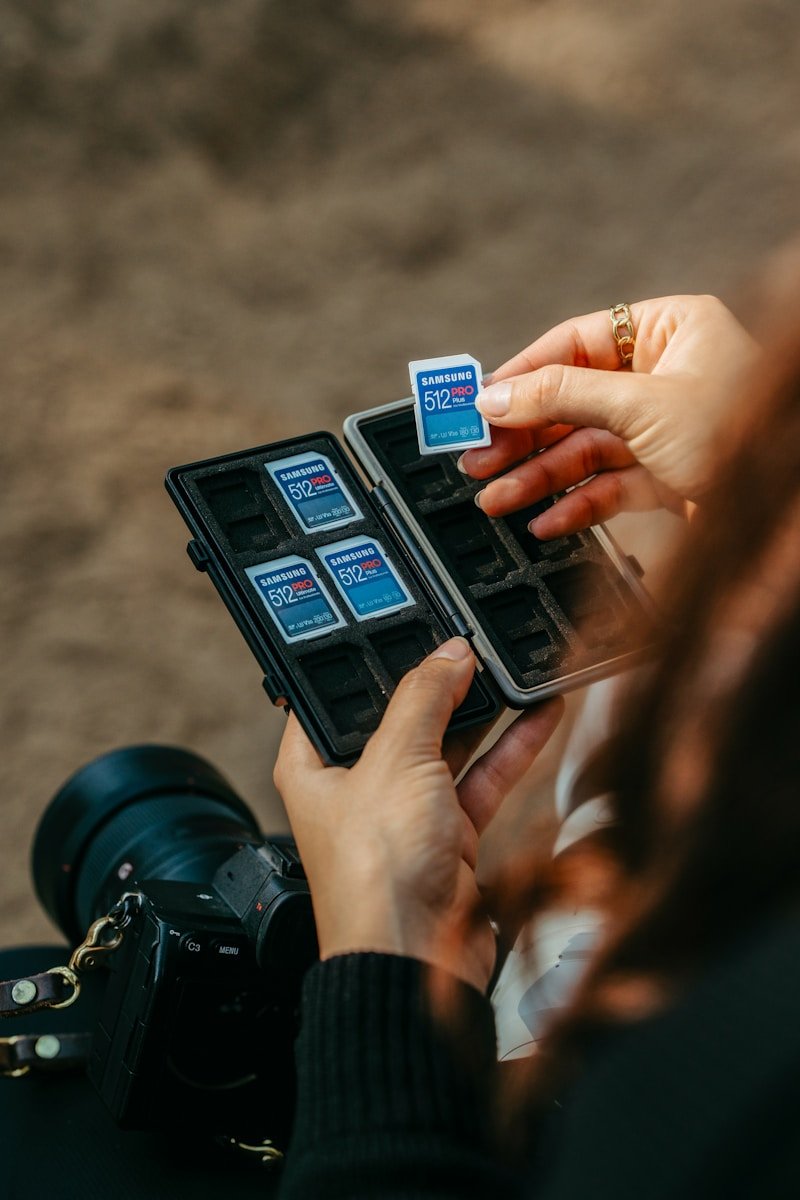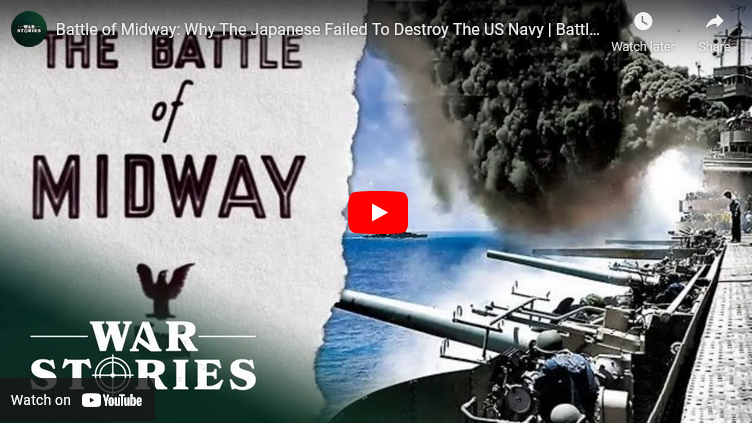History has always been about stories. For centuries, people shared tales of battles, discoveries, and family lineages around firesides, in classrooms, or on the pages of thick books. But today, something remarkable is happening. History is no longer locked away in dusty textbooks or behind museum glass. It is dancing across phone screens, narrated by young creators who have found a way to turn centuries of events into fast, funny, and powerful clips. These creators are the TikTok historians, and they are reshaping how we all connect to the past.
In just sixty seconds, they bring us lost queens, failed revolutions, ancient scandals, and everyday people who changed the world. And the results are astonishing. Gen Z, a group often said to have short attention spans, is proving to be deeply curious about history when it is told in a way that feels alive. Instead of memorizing dates for a test, they are laughing, gasping, and sharing snippets of history with friends. This is not a passing trend—it is a cultural shift.
Why Micro-History Works So Well
Short-form storytelling thrives because it speaks the language of today’s audiences. Instead of long lectures, TikTok historians use short bursts of drama, humor, and visuals to grab attention. This doesn’t mean the stories are shallow. In fact, the best creators often pack more meaning into a minute than a textbook chapter can manage.
Take the fall of an empire. A dry summary in a classroom might list rulers, timelines, and causes. On TikTok, a creator may dress in costume, act out the crumbling alliances, use bold captions, and pair it all with trending audio. The collapse suddenly feels like a living, breathing drama. You remember it not because you were forced to, but because you enjoyed it.
Humor plays a huge role. A skit about medieval medicine might highlight the absurd cures of the time. A fast-paced breakdown of Renaissance art might zoom in on quirky details you’d never notice in a museum. This blend of learning and laughter makes history stick. We recall the past not as something remote, but as a story we lived through for a moment.
Most of all, micro-history works because it makes space for the overlooked. Instead of repeating the same “great man” narratives, creators shine light on women whose voices were silenced, communities erased from mainstream textbooks, or local histories that shaped towns and families. These stories resonate because they feel personal. They remind us that history belongs to everyone.
Museums, Archives, and the New Digital Stage
Institutions once known for being formal and quiet are now jumping onto platforms like TikTok and Instagram Reels. Museums, libraries, and archives are finding new life as digital performers. Instead of waiting for visitors to come through their doors, they reach out directly into the feeds of millions.
A museum might show behind-the-scenes clips of artifacts being cleaned or restored. An archive might reveal a love letter written in faded ink, paired with a trending sound. A historical society might use humor to poke fun at myths while teaching the truth. The results are striking: engagement soars, young audiences flock to comment sections, and heritage suddenly feels like part of everyday conversation.
This digital stage also creates bridges. Students who first meet history through TikTok clips may later visit a museum, watch documentaries, or read deeper books. The short videos don’t replace traditional forms of learning. They open the door to curiosity. They spark the thought: “I want to know more.”
Museums have even reported seeing higher attendance from younger groups after leaning into these platforms. In other words, a sixty-second clip can do what brochures and lectures could not—it can inspire someone to explore history in richer detail.
How This Trend is Shaping the Future of History
The rise of TikTok historians is not only about entertainment. It is reshaping how we think about who tells history, how it is told, and who gets to engage with it.
First, it breaks down barriers. You don’t need a PhD or a publisher to share history anymore. A teenager with a phone and passion for the past can go viral. This democratization means more voices and perspectives enter the conversation. It means more diversity, more creativity, and more ways of seeing the past.
Second, it changes how we measure authority. In traditional settings, authority often came from degrees or institutions. On TikTok, authority comes from clarity, creativity, and connection. A creator who explains complex events in plain, engaging terms can gain a following of millions. That influence can rival or even surpass formal educators.
Third, it transforms learning into a shared experience. Instead of reading alone, viewers laugh, comment, and remix historical clips. They stitch videos together to add their own take, correct mistakes, or expand on details. This turns history into a living conversation rather than a static lesson.
And finally, it redefines what it means to “remember.” When a historical story trends, thousands—or even millions—of people carry it forward. In this way, TikTok becomes a modern version of oral storytelling, where each generation passes down what matters most.
This movement doesn’t erase challenges. Quick clips can sometimes oversimplify, or even spread errors. But the power of community often balances this out. Other creators step in to fact-check, clarify, or expand. Together, they create a patchwork of perspectives that is richer than a single textbook.
A Living Past in a Digital World
What we are witnessing is more than a social media fad. It is the rebirth of history as a shared cultural experience. Gen Z is not turning away from the past—they are pulling it closer, demanding that it be told in ways that feel alive and inclusive.
Instead of history being something to endure in school, it has become something to explore for fun. Instead of heritage being something kept in glass cases, it is now something we can scroll, share, and laugh about. And instead of the past feeling distant, it feels like part of our present.
That is the magic of TikTok historians. They remind us that history is not fixed. It is a story we choose to tell, again and again, in new ways. And when we tell it with joy, energy, and openness, people listen.
Echoes of Yesterday, Voices of Tomorrow
The rise of bite-sized storytelling is proof that history will always find a way to connect with us. Whether carved into stone, written in books, or told through fast-moving videos, the past continues to shape our present. What changes is the form. What stays the same is our need to remember.
As TikTok historians lead the way, we can see a future where history is not hidden in academic halls but alive in our daily lives. Together, we keep the echoes of yesterday strong, while opening the door for tomorrow’s voices to join in the telling.



